- February 2, 2024
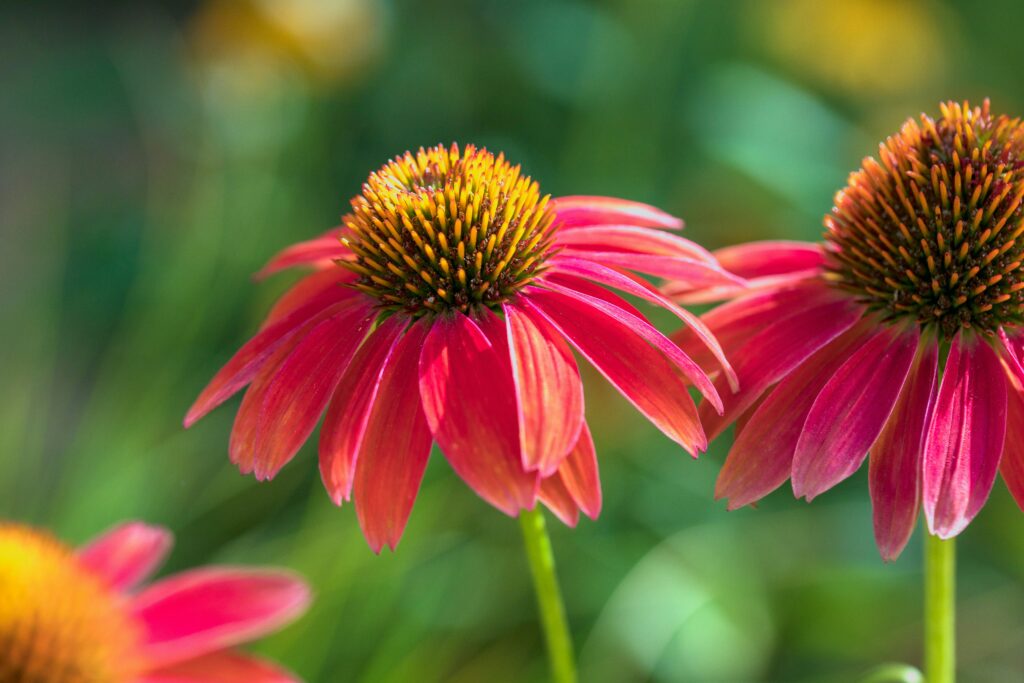
Companion planting for coneflower is an experience-based observation developed over centuries. People have noticed that planting certain plants side by side has a positive effect on each other, increasing the quality and quantity of the harvest. Companion planting is not set in stone and it is the least you can do for your plants. You can get the right care from the individual plant article. You can see the companion and the enemy plants of coneflower below.
| Companion plants for coneflower | Enemy plants of coneflower |
|---|---|
| Mint | Dill |
| Common sage | Sunflower |
| Cabbage | Marigold |
| Onion | |
| Chives | |
| Garlic | |
| Leek |
Why does companion planting work?
Companion planting works due to several interconnected factors:
Pest Control: Certain plants emit natural chemicals or scents that repel pests, effectively acting as natural pest deterrents for nearby plants. This reduces the need for chemical pesticides and fosters a more balanced ecosystem.
Attracting Beneficial Insects: Some companion plants attract beneficial insects like ladybugs, hoverflies, and predatory wasps, which feed on common garden pests. This creates a natural form of pest control and helps maintain ecological balance.
Soil Improvement: Different plants have varying root structures and nutrient requirements. Companion planting can enhance soil health by reducing soil erosion, suppressing weeds, and improving nutrient uptake. For example, leguminous plants fix nitrogen in the soil, benefiting neighboring plants that require nitrogen for growth.
Competition Reduction: Companion planting can help reduce competition for resources such as water, sunlight, and nutrients by utilizing plants with complementary growth patterns and root structures. This allows for more efficient resource utilization and healthier plant growth.
Biodiversity and Resilience: Planting diverse species together increases biodiversity in the garden, which can enhance ecosystem resilience. A diverse ecosystem is better equipped to withstand pests, diseases, and environmental stresses compared to monocultures.
Maximizing Space: Companion planting allows gardeners to make the most of limited space by intercropping plants with different growth habits and maturity rates. This maximizes yield per square foot and promotes efficient land use.
Overall, companion planting capitalizes on the natural synergies between plant species, creating a thriving and sustainable garden ecosystem.
What are the companion plants of coneflower?
The following plants have positive effects on the growth of your coneflower. These plants can repel pests that damage your plants. These plants provide increased nutrition to the soil that your plants can use. Therefore, we recommend planting these plants next to your coneflower.
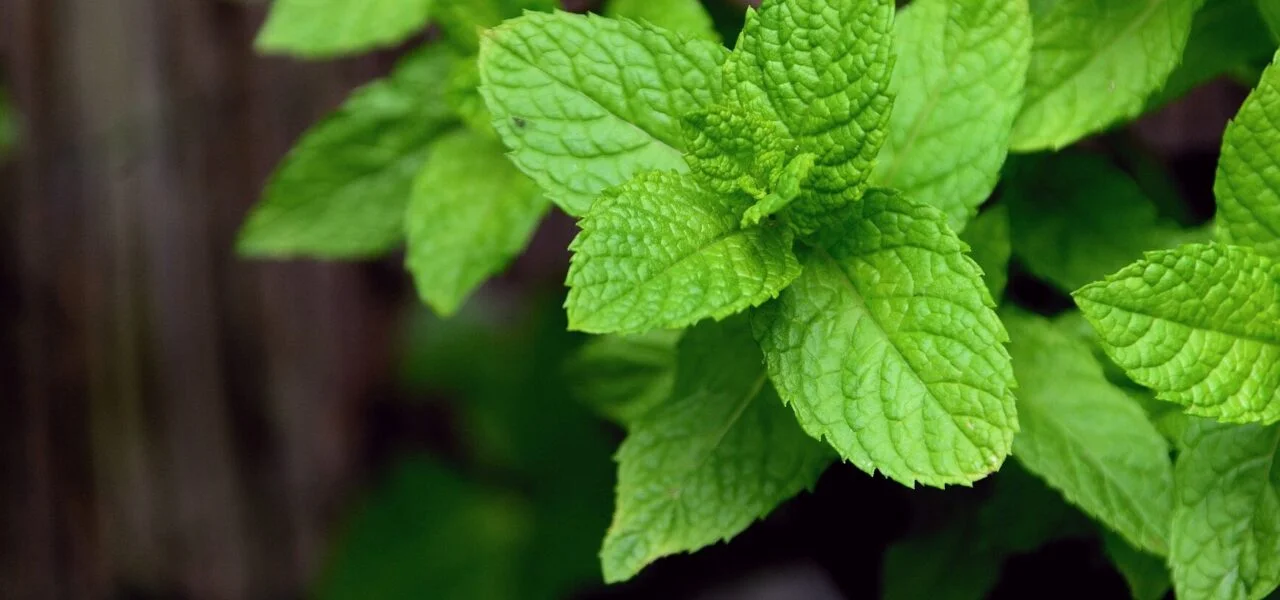
Mint
Mint thrives in various soil conditions. Flourishing in well-drained, moist soil with a pH range between 6.0 and 7.0. Partial shade and consistent moisture nurture its lush foliage and aromatic leaves. Mint provides invaluable benefits to neighboring plants by repelling pests, attracting beneficial insects, and promoting a sense of freshness in the garden.
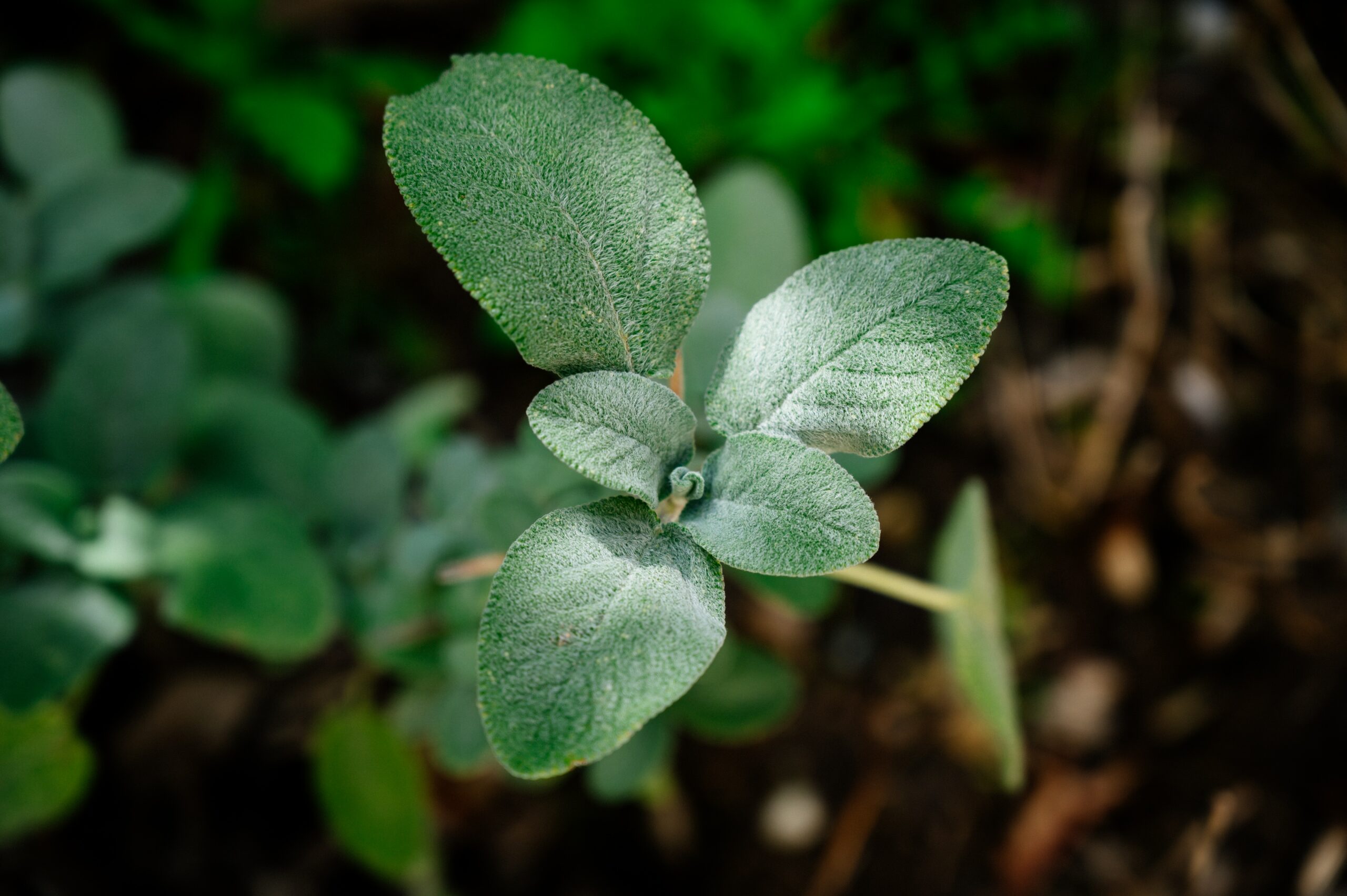
Common sage
Common Sage grows in diverse soil conditions. Flourishing in well-drained, sandy or loamy soil. Full sunlight and moderate moisture nurture its aromatic foliage and sturdy growth. Common Sage provides invaluable benefits to neighboring plants by repelling pests, attracting beneficial insects, and adding culinary richness to the garden.
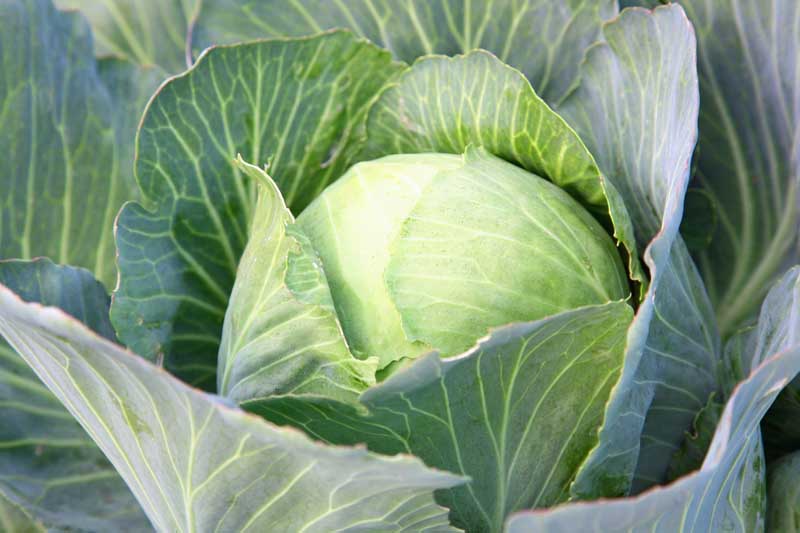
Cabbage
Cabbage thrives in various soil conditions. Flourishing in well-drained soil enriched with compost, it adapts to pH levels ranging from slightly acidic to neutral. Adequate moisture and sunlight foster robust growth and ample foliage. Belonging to the Brassicaceae family, alongside esteemed companions like kale and Brussels sprouts, cabbage epitomizes the culinary versatility and natural elegance found within the garden's domain.

Onion
Onions thrive in various soil conditions. Flourishing in well-drained, fertile soil—preferably loamy or sandy—with a pH range between 6.0 and 7.0. Partial sunlight and consistent moisture nurture their hearty foliage and bulb formation. Onions provide invaluable benefits to neighboring plants by deterring pests with their strong aroma and improving soil structure with their fibrous roots.
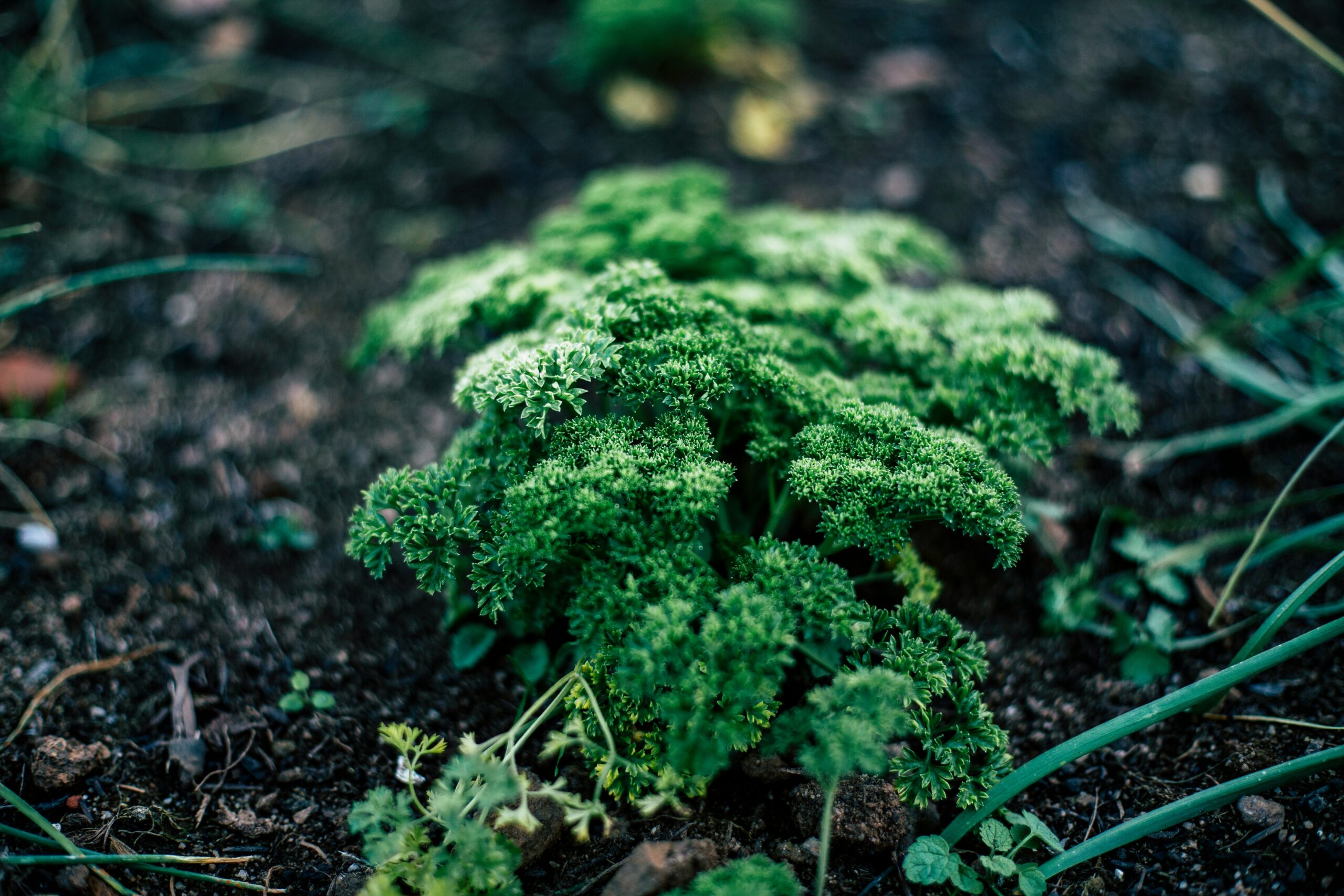
Chives
Chives thrive in well-drained, fertile soil enriched with compost, they embody adaptability and finesse. Adequate moisture and sunlight support lush growth and abundant foliage. Chives extend general benefits to neighboring plants by repelling pests and attracting beneficial insects, enhancing overall garden biodiversity.
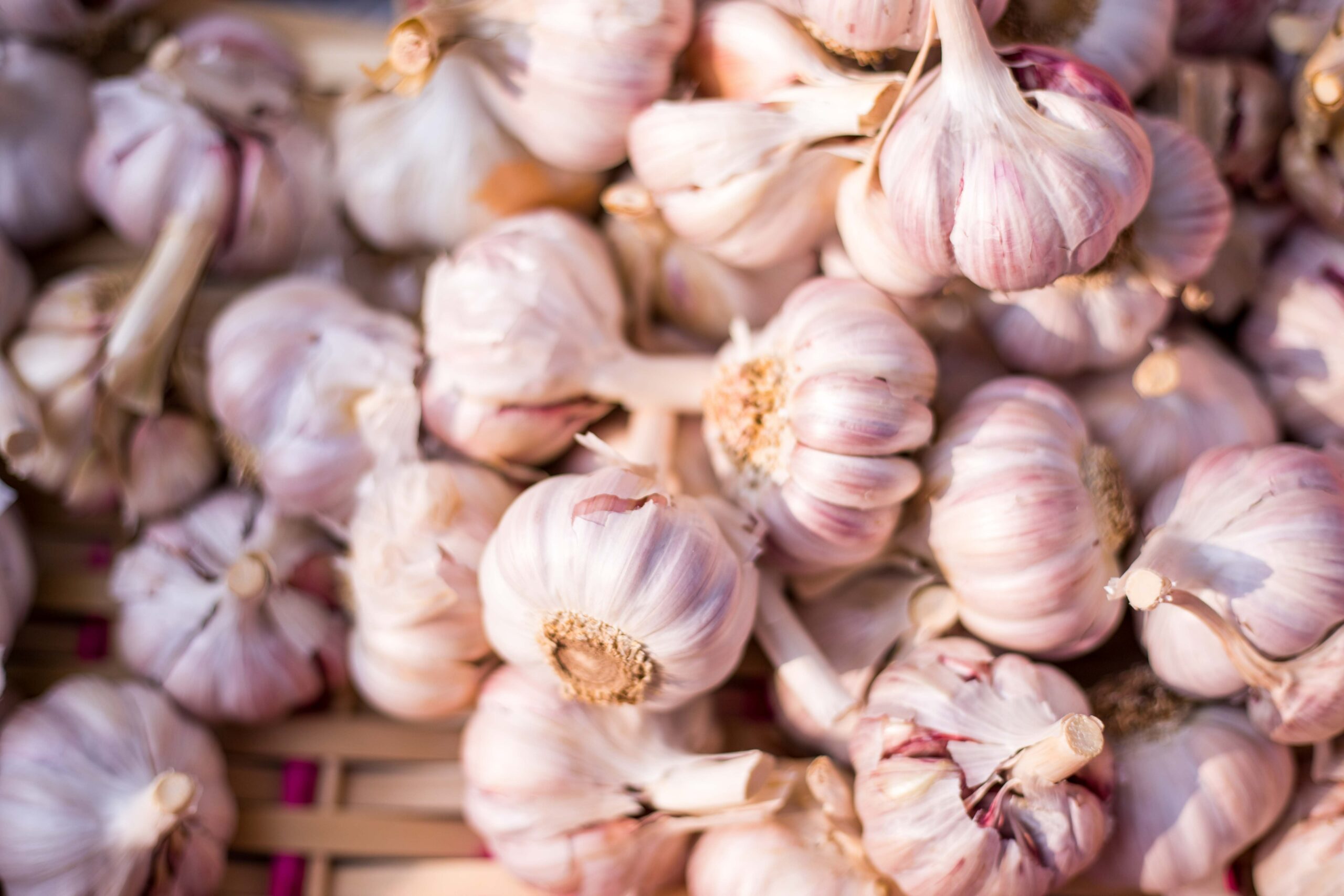
Garlic
Garlic flourishes in well-drained, fertile soil with a pH range between 6.0 and 7.5, it embodies adaptability and strength. Adequate sunlight and consistent moisture support robust growth and bulb development. Garlic provides invaluable benefits to neighboring plants by deterring pests with its strong aroma and acting as a natural fungicide against soil-borne diseases.
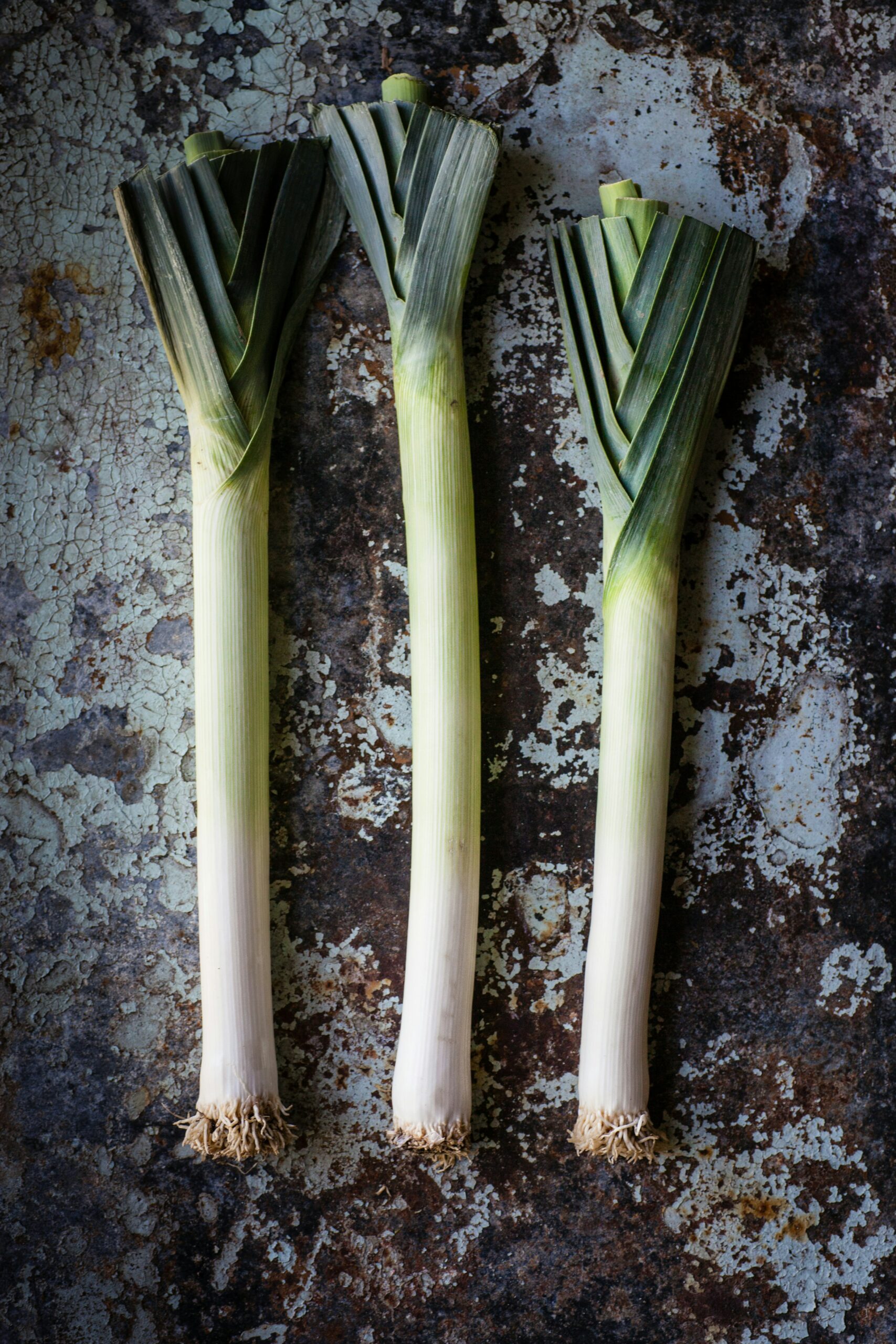
Leek
Leek thrives in various soil conditions. Flourishing in well-drained, fertile soil with a pH range between 6.0 and 7.0. Partial shade and consistent moisture nurture its slender stalks and tender leaves. Leek provides invaluable benefits to neighboring plants by deterring pests with its pungent aroma and improving soil structure with its deep roots.
What should you not plant next to coneflower?
Planting these plants next to coneflower have huge negative effects on the development of your plant. Growing enemy plants can appeal detrimental insects, change the taste of the grown plant and even consuming all of the nutrients and water from your coneflower. Because of these negative effects, we don’t recomment growing the plants below next to your coneflower.
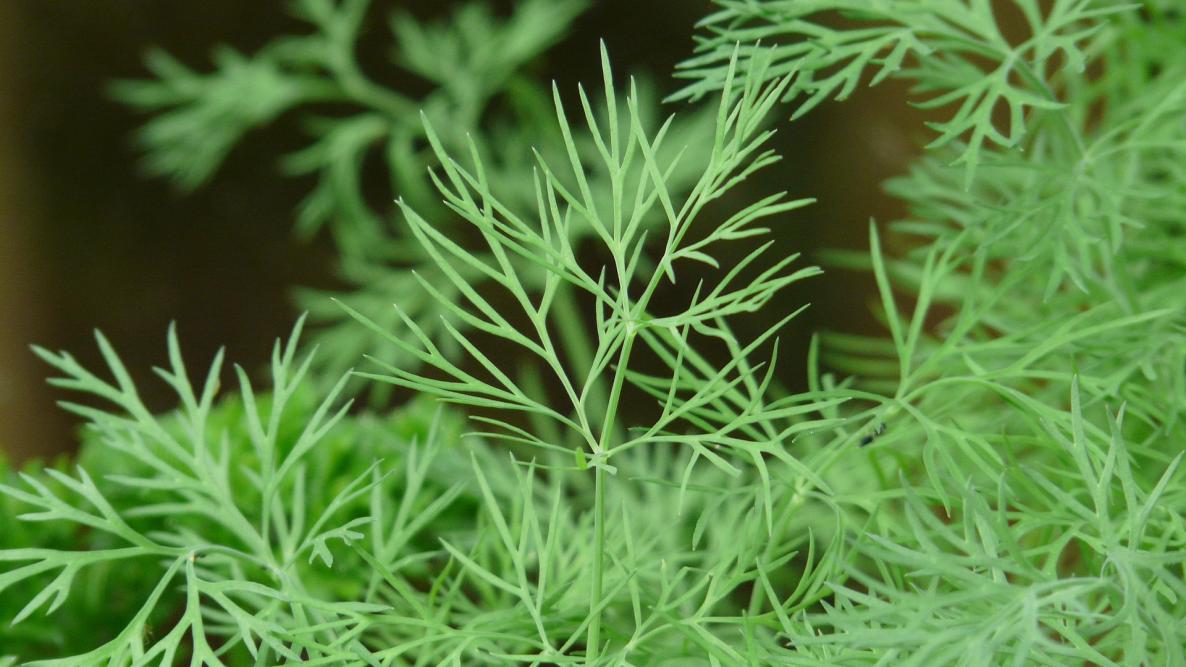
Dill
Dill thrives in various soil types. Flourishing in well-drained, nutrient-rich soil under the gentle caress of sunlight, it embodies adaptability and elegance. Consistent moisture and occasional pruning support lush growth and abundant foliage. Dill offers general benefits to neighboring plants by attracting beneficial insects and enhancing overall garden biodiversity.

Sunflower
Sunflowers thrive in fertile soil with a pH range between 6.0 and 7.5. Full sunlight and ample space nurture their towering stems and vibrant flowers. Sunflowers provide invaluable benefits to neighboring plants by attracting pollinators, enhancing garden aesthetics, and providing seeds for birds and wildlife. Belonging to the Asteraceae family, alongside esteemed companions like daisies and asters.
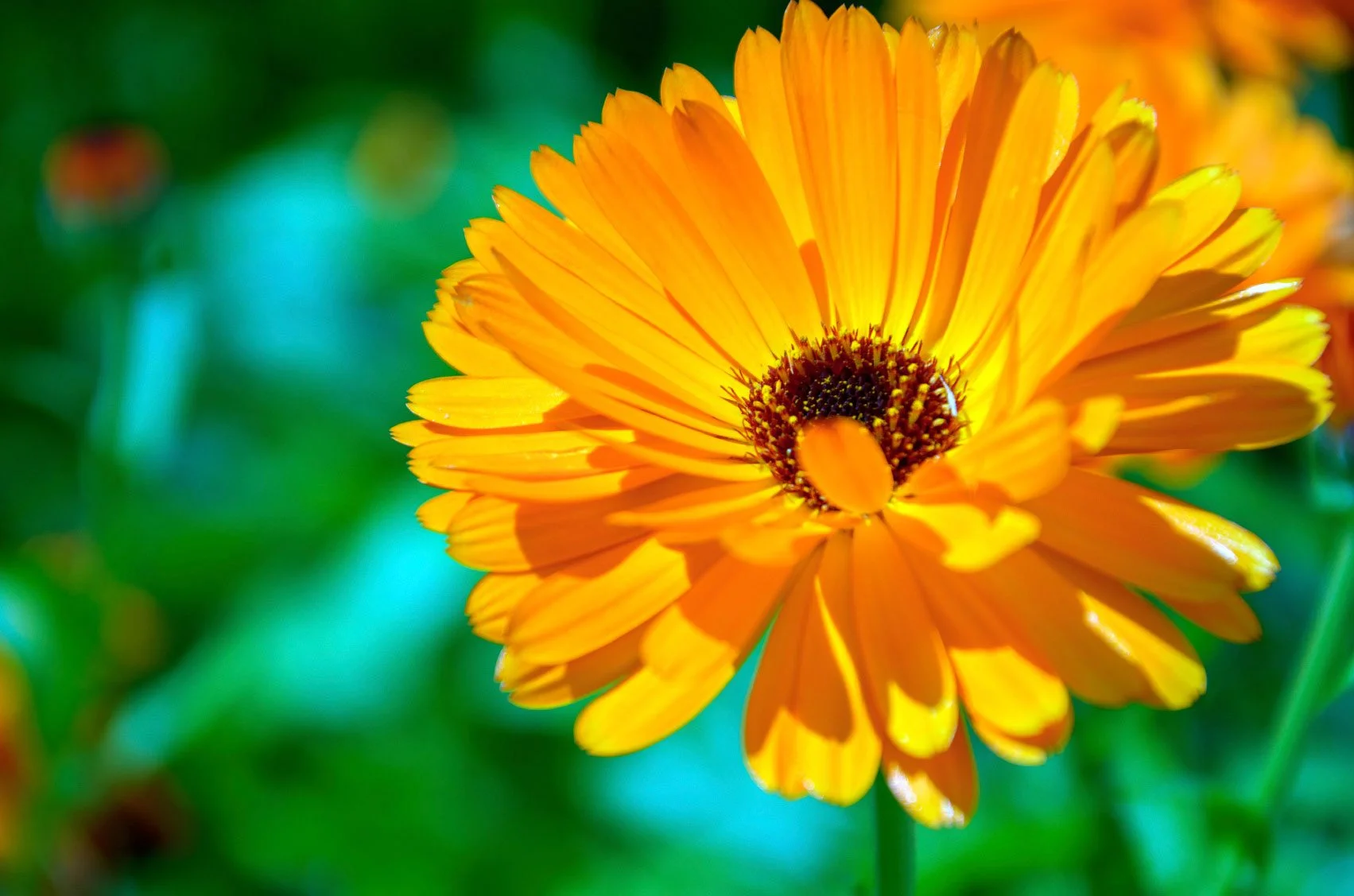
Marigold
Marigold flourishes in well-drained, loamy soil with a pH range between 6.0 and 7.0. Full sunlight and consistent moisture nurture its colorful flowers and aromatic foliage. Marigold provides invaluable benefits to neighboring plants by repelling pests, attracting pollinators like bees and butterflies, and enhancing overall garden biodiversity.
